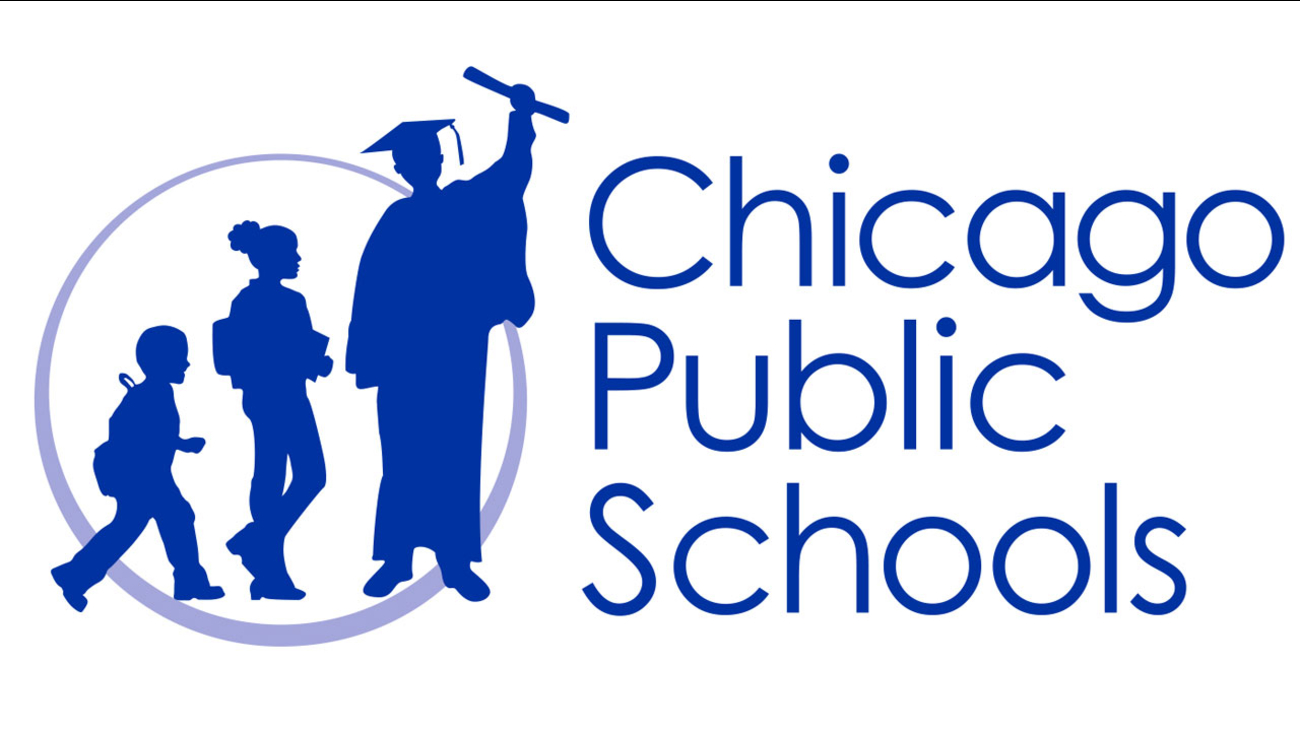What impacts any neighborhood school impacts all of our schools.
It is a true statement if ever there were one.
Our students are from every neighborhood.
And the students with whom our students live and play attend their own neighborhood schools.
To acknowledge this is more necessary now than ever.
I continue to agree with the Chicago Teacher’s Union’s long held position that strategic disinvestment institutionally damaged potential from already divested neighborhoods (I wrote my own thoughts about it in 2017 here: https://danielkleinman.org/maps-to-consider/).
I don’t disagree that decades of hurt will go away with a few semesters of healing, but we are entering a dangerous scenario that can be addressed immediately, if only to not exacerbate the inequities that already exist.
What if CPS doesn’t succeed in providing the adequate custodian supplies to clean only the certain schools that are currently infested with rampant mice and cockroaches (https://chicago.suntimes.com/education/2021/11/10/22774821/public-schools-cps-custodians-protest-dirty-sayre-seiu-local-1-cleaning-aramark-janitors), and what if CPS can’t develop enough internal infrastructure to handle protocols of a new, heaven please forbid, CoVid outbreak —- at only certain schools?
None of us preferred at home learning. Especially our students.
Yet, to preserve this, are we prepared to forego any lessons from last year and allow for some of our constituency to be put at a greater risk than others?
So I say universally, every school must stand with every student.
But even for the narrow-viewed argument, I present you the magnet school community representative conundrum:
What if members of the CPS community from across the city is in contact with one of our students?
The sole novel entity that is the Local School Council derives its power from the parents of the students who attend, representing the stakeholders of the educated, and from the Teachers, representing the stakeholders of the educators, and the Staff, representative of administrative personnel and their voice, and, insightfully, Community Representatives, as if the State of Illinois intrinsically accepted the need for community voice in Chicago’s education leadership.
It is from that community perspective of a school that has city wide attendance that we see the simplest argument.
The students of magnet schools are from all over the city. … Even from the areas with low vaccination rates, and even from the areas with high infection rates, and even from the areas where the parents don’t believe in masks, and even from the areas where their schools are infested with disease carrying rodents.
One student at risk puts every student at risk.
We need to acknowledge this.
And we need CPS to act like it.
